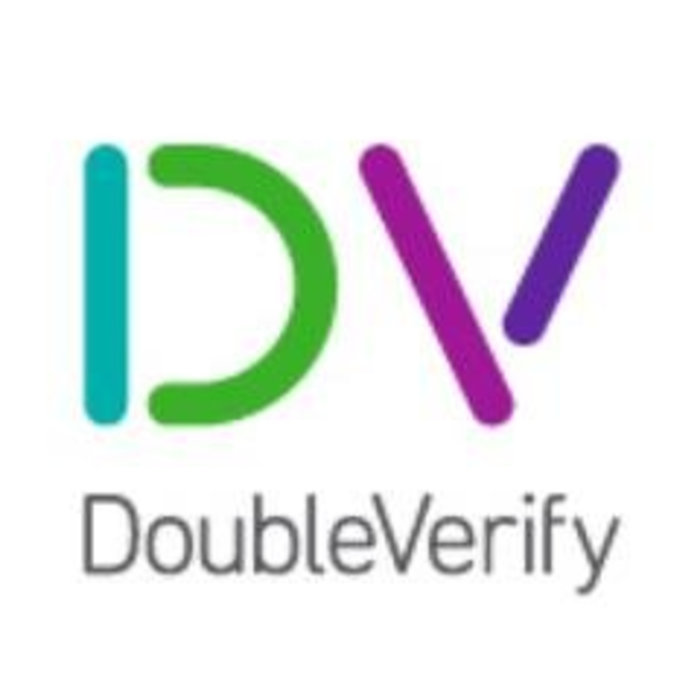The problem isn’t new. Just the angle.
Marketers and advertisers don’t want to waste dollars on campaigns that are unviewable, or impressions that are fraudulent. And beyond that, they don’t want to spend money pushing messages into environments their customers will find inappropriate, offensive, hostile, or risky.
The challenge has just been made that much more pressing in recent years by technologies which buy inventory and serve ads at dizzying scale and velocity. And it’s worth adding that it’s not just a challenge for regular digital.ads, but for native advertising and social media messaging too. Getting personalized commercial content in front of countless prospects at the speed of light limits the opportunity to reflect about the surrounding digital environment.
The obvious solution, of course, is to automate the process of consideration: That’s an option DoubleVerify has been offering major brands since 2008. CEO and President Wayne Gattinella told me: “We authenticate the quality of digital ads for some of the largest brands in the country.” He went on to break down “quality” for me:
- Quality of site. Sites use various techniques to disguise themselves as reputable, but turn out to be delivering “unlicensed or illegal content, or even worse”
- Quality of user. This is about ensuring that every ad impression is actually delivered to a human being, not a bot
- Quality of placement. Commercial messages, including videos, should be in full view.
Recently, of course, sites have discovered new and high-profile ways to offer poor quality content. While the “fake news” phenomenon isn’t novel — bloggers have been publishing false stories ever since there have been blogs — it’s only recently, Gattinella told me, that it’s become a concern for brands, and therefore for DoubleVerify. Late last year it launched a solution to safeguard advertisers from sites which publish highly charged, inflammatory political stories, or content which falsely pretends to be news: “Stories which don’t have strong attribution, headlines which don’t have strong substantiation,” Gattinella elaborated.
He emphasized: “We’re not judgmental; we’re very accurate and specific.” DoubleVerify flags sites with content brands might wish to avoid, and “a lot of brands choose to steer away,” he said. The “fake news” phenomenon has become important, Gatinella explained, not because everyone is suddenly talking about it, but because of the high traffic it now attracts, not least thanks to high-speed social sharing of stories — often enough without the sharers reading the stories first. (The main social platforms themselves don’t allow third party tracking.)
Many brands have long chosen to distance themselves from hate speech and pornography. Whether they step away from the “fake news” environment, Gattinella said, is at their discretion. But what about the difficult cases? The sites — we can all name our own examples — which have become borderline mainstream, while delivering content some readers would consider offensive or dishonest. “If a site can’t be purely classified,” Gattinella said, “it becomes the call of the advertiser.”
Nor does DoubleVerify classify sites as, for example, conservative or liberal. “We don’t judge the editorial slant of the content — we just categorize as political.” Brands can request blacklisting of specific sites, just as they can call for time-sensitive avoidance of topics identified by keyword (a travel brand might not want to advertise flights alongside news stories about a plane crash). The general approach of blacklisting individual sites is impractical as a general approach because of the speed with which new sites appear.
Activists have recently tried to force brands’ hands. The Sleeping Giants Twitter account (apparently anonymous) encourages users to post screenshots of brand advertising appearing alongside content they find offensive. “We’ve seen many of the screenshots,” Gattinella confirmed. “It’s an effort the masses are welcome to participate in. The instances we’ve investigated are being bought programmatically. [The advertisers] are buying the user in an open exchange environment.” DoubleVerify does provide data in real-time to the major DSPs, “but the ads which have come to our attention are not our clients’,”







